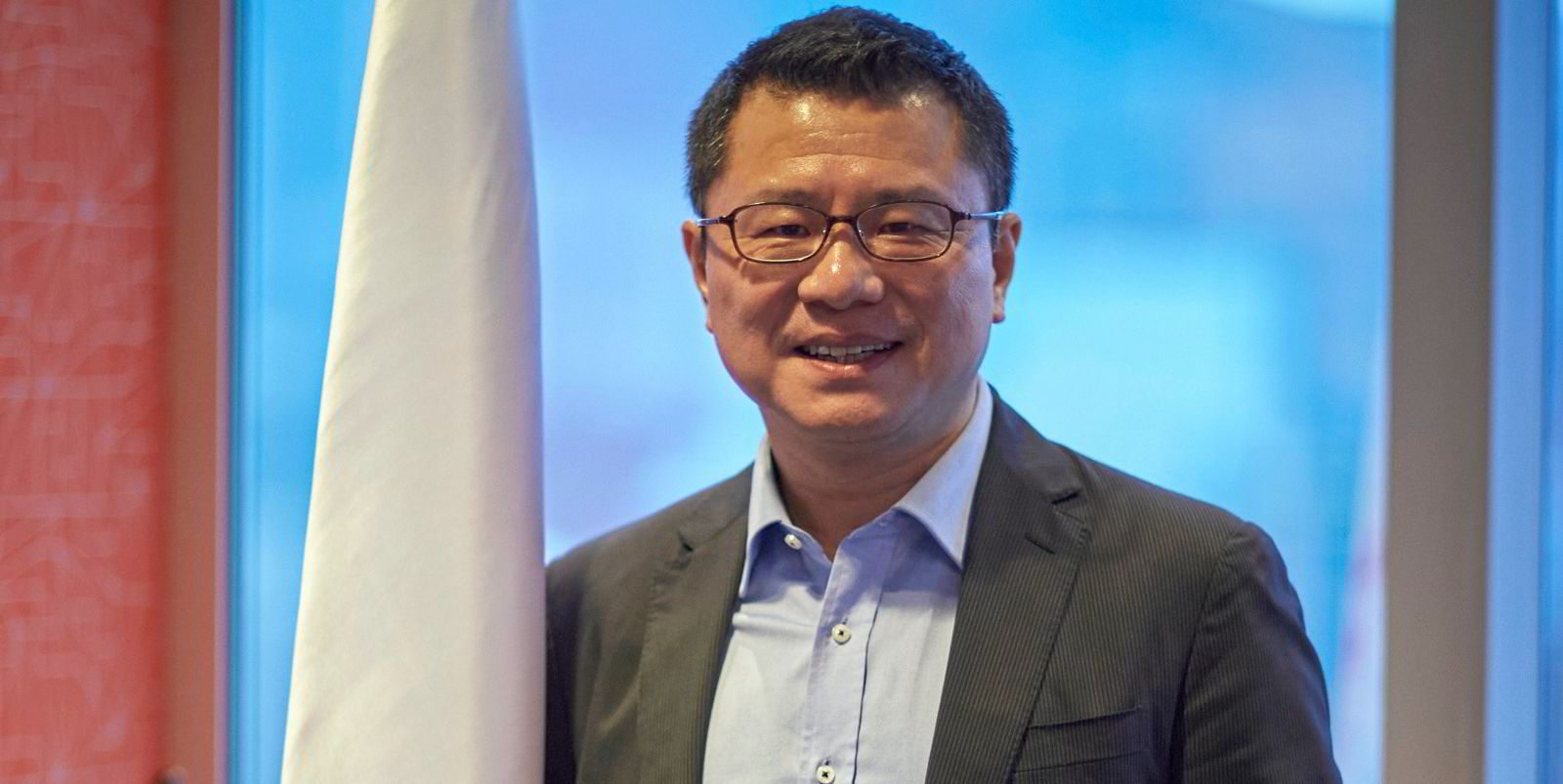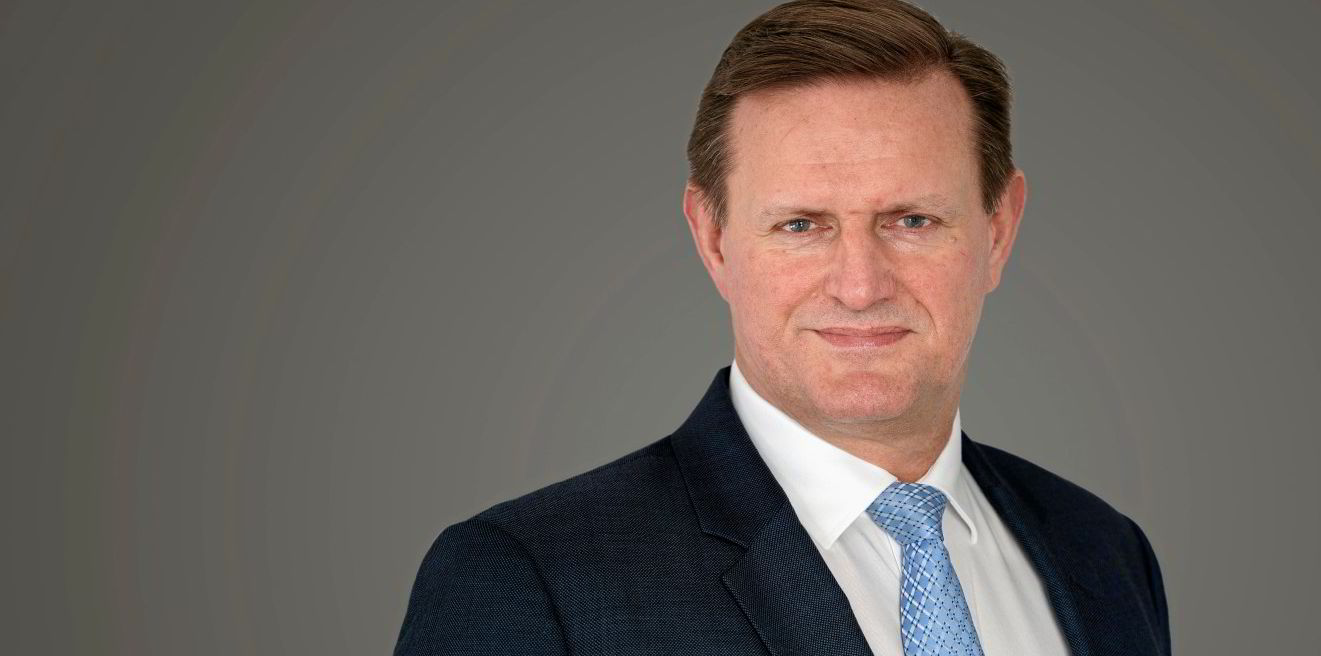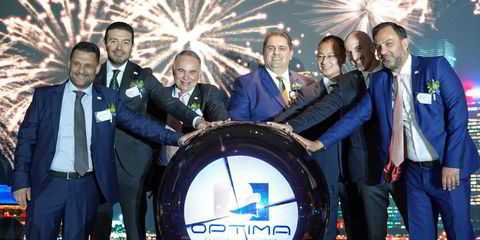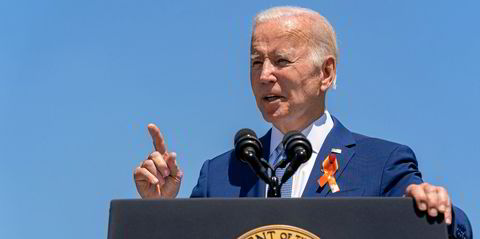Seaspan Corp chief executive Bing Chen admits he is "not a traditional shipping guy".
The China-born, US-educated 54-year-old took the reins of the world's largest tonnage provider in January 2018, having spent the best part of two decades working for banks and commodity traders.
He has leveraged his industry-outsider status to help build Seaspan into the world's largest containership tonnage provider.
Under Chen's leadership, Seaspan has consolidated its position as what analysts at Fearnley Securities in September called "the undisputed market leader" in the containership leasing industry.
Seaspan is the shipping division of New York Stock Exchange-listed Atlas Corp and has nearly 200 vessels of nearly 2m teu of container shipping capacity either in service or on order.
Vessel Class | Newbuilds | Total teu |
7,000 teu LNG | 15 | 105,000 |
7,000 teu | 10 | 70,000 |
12,000 teu | 6 | 72,000 |
12,200 teu | 5 | 61,000 |
15,000 teu | 16 | 240,000 |
15,000 teu LNG | 10 | 150,000 |
15,500 teu | 6 | 93,000 |
24,000 teu | 2 | 48,000 |
Total | 70 | 839,000 |
Its fleet accounts for about one in 10 of the chartered owned tonnage in circulation, according to TradeWinds' estimates based on Clarksons data.
Chen said the shipping industry shares the same principles as any other industry.
From the very beginning, he was adamant that Seaspan "should be building a company with a business model which is not speculative like our peers".
"Our business model is very long term," he said.
That philosophy meant relatively few transactions were conducted in the pre-pandemic years.
"In 2019, we bought 19 secondhand vessels," Chen said. "We didn't bid on newbuilds because they weren’t in the [financial] return profile."
Things changed at the end of last year when the company embarked on an unrivalled newbuilding spree.
Unrivalled spree
In the past nine months, the Hong Kong and Vancouver-managed company has ordered 70 containership newbuildings totalling 839,000 teu.
This is a level not witnessed since the heyday of the German KG (limited partnership) boom more than a decade ago.
These newbuildings will add to 131 vessels with an aggregate 1.12m-teu capacity that Seaspan has on charter to liner operators — enough to lift the company to twice the size of its nearest competitor.
Chen said those orders were not placed in expectation of a market boom, acknowledging that he did not see boxship charter markets rising to the levels they have.
"I didn't see it in this magnitude for sure," he conceded.
Chen believes the trigger for newbuildings has been related to strong fundamentals including an orderbook at historically low levels.
Seaspan has also invested in secondhand vessels, with four such ships on charter to Israeli liner operator Zim and France's CMA CGM.
The company spent more than $350m in total this year to acquire the 15,000-teu CMA CGM Chile and CMA CGM Mexico (both built 2019) and the 8,500-teu Mediterranean Bridge and Gulf Bridge (both built 2011).
Chen said none of the vessels it has acquired have been placed on a speculative basis.
"Every vessel, all are attached with long-term charters," he said. "That’s why today we have $17bn of contracted revenue."
Disciplined approach
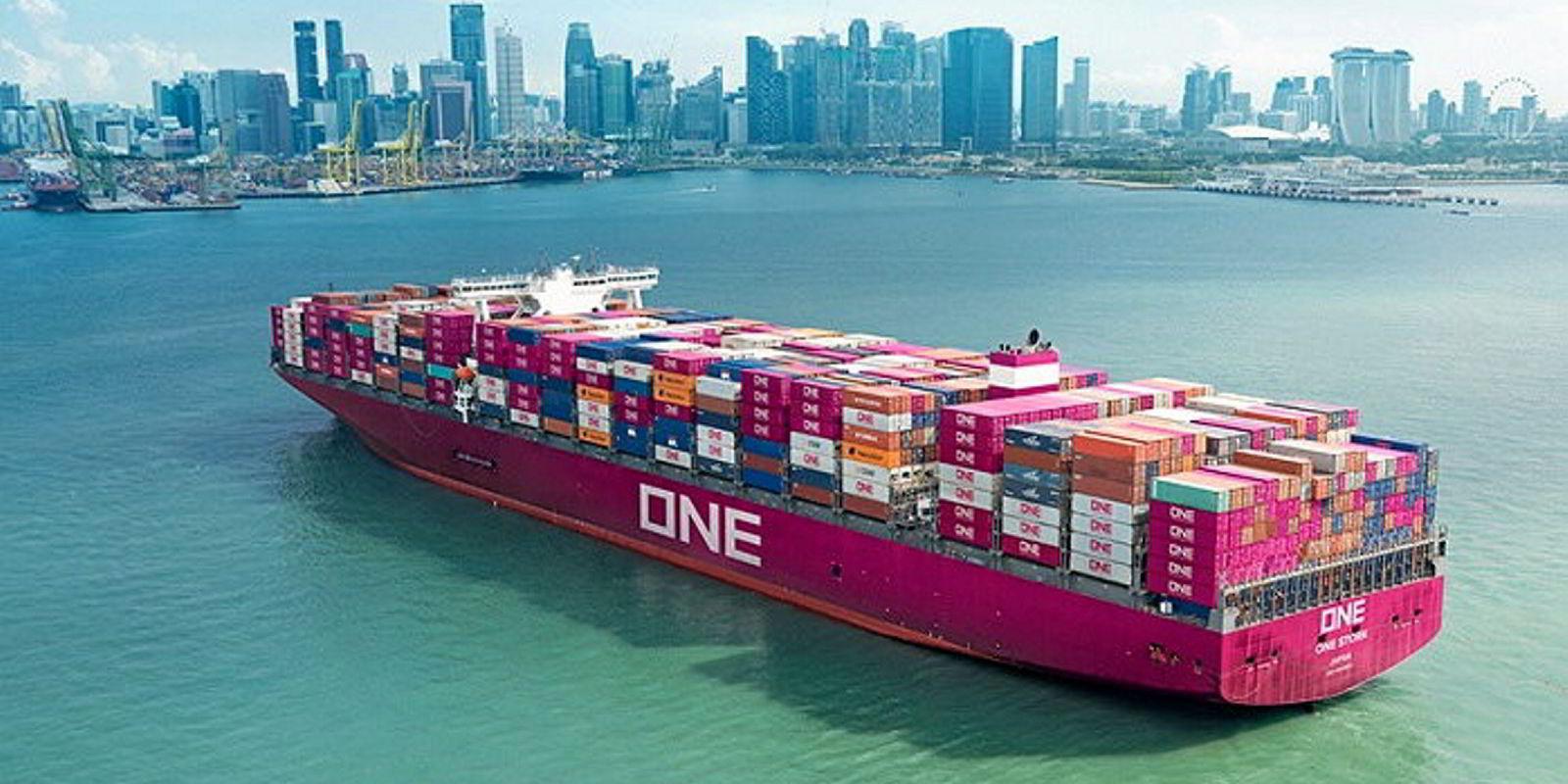
Chen added that getting Seaspan to where it is today was "no accident" and involved a disciplined approach.
The company was helped by its financial strength and the backing of a strong shareholder in Canada's Fairfax Financial Holdings.
"We don’t have to say we are subject to financing," Chen said. "We have the credit, the access to capital that many of our peers do not have."
He added that the company's ability to obtain ship designs, construction and delivery slots at competitive prices put it in a unique position.
Chen also acknowledged that the portfolio of long-term contracts means the company needs to be wary of counterparty risk.
But he added that the liner industry has undergone drastic consolidation since the Hanjin Shipping bankruptcy rocked the sector in 2016.
'I don't deal with Tier 2 liners'
Consequently, Seaspan only deals with the top 10 liner operations, including CMA CGM, Cosco, Hapag-Lloyd, Maersk, Mediterranean Shipping Co, Ocean Network Express, Yang Ming Marine Transport Corp and Zim.
"By definition, they have the size, they have the financial strength," he said.
Chen added that Seaspan has rebuffed approaches to build smaller vessels of between 1,800 teu and 3,500 teu.
"I don't deal with Tier 2 and Tier 3 liners, we actually turned them down," he said.
He expects Seaspan's modern fleet to be well insulated from any normalisation of the market that will hit smaller and older, less-efficient ships first.
"The market won't continue like this, but the ones who will be squeezed are those with older and smaller fleets," he said. "They are less fuel efficient and [have] lower loadability."
